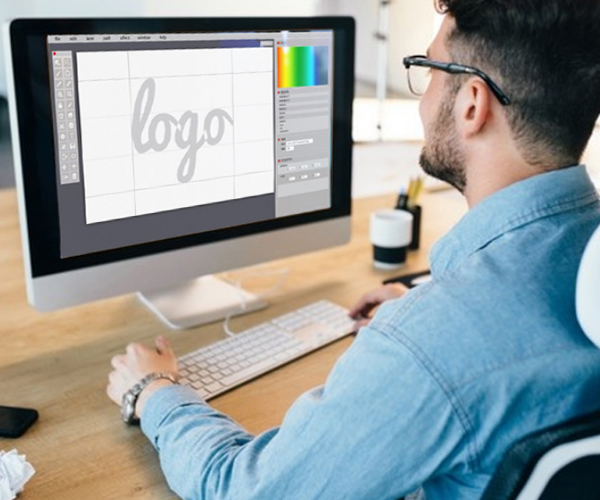


The first step is to determine what the logo should communicate about the company. The logo should reflect the company's core values, visual identity and brand positioning. Consider the company's target audience, industry and any direct competitors. The logo should differentiate the brand in the marketplace. Define the personality traits the logo should convey, such as innovative, friendly, authoritative, playful or stable.
Research competitor logos and analyze what makes them effective or not. Avoid copying elements of competitors' logos. The goal is to see what competitors have done and do something unique. Pay attention to styles, themes, fonts, colors and shapes used in the industry. This research will help identify visual cues to embrace or avoid in your own logo.
With a goal defined and competitor research conducted, start brainstorming ideas for the logo. Focus first on imagery such as icons, symbols or illustrations. Consider incorporating abstract shapes, initials, a logomark, emblem or wordmark. Sketch all ideas on paper before digital design.
Choose the strongest logo sketch and refine the concept digitally using design software like Adobe Illustrator. Experiment with typefaces, color palettes, scale and layout. Multiple iterations and refinements are needed before finalizing the design. Apply the logo to different uses like stationery and signage to test versatility.
Carefully evaluate the effectiveness of the final logo. Determine if it meets all defined goals and embodies the brand identity. Get feedback from key stakeholders, employees and target customers through surveys and polls. See if the logo is memorable and recognizable at different scales. Refine further if needed.
Design horizontal, vertical, square and simplified versions of the logo. Create a black and white version and reversed out version for flexibility across applications. Develop a style guide documenting proper logo usage, space requirements, size specifications, color values and incorrect usage examples.
Complete a trademark search to make sure the logo doesn't infringe on existing trademarks. Then register the logo as a trademark to protect the brand identity. Using trademark symbols properly gives legal notice of registration.
Finally, reveal the new logo and implement it consistently across all brand communications and marketing materials. Consistent, prominent use of the new logo can dramatically boost brand recognition. Measure awareness over time and refine the logo if needed. Proper implementation establishes the logo as the face of the brand.
Following a structured logo design process ensures a logo effectively represents the brand personality, resonates with target customers and stands out in the market. A thoughtfully crafted logo becomes an invaluable asset and reinforces connections with audiences. Logos must evolve along with changing company values and customer expectations. Periodic logo redesigns or refinements help brands stay relevant.
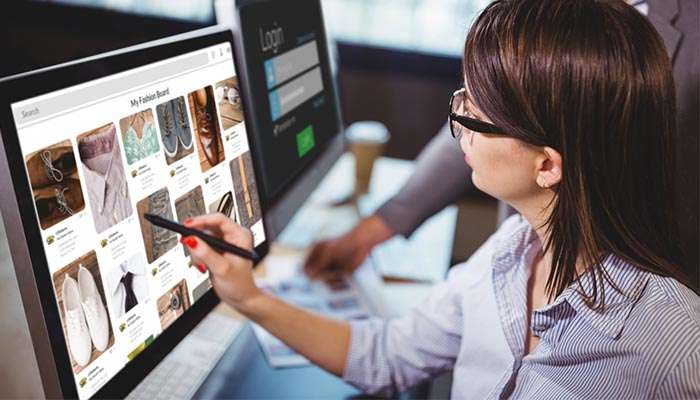
The Twin Cities metropolitan area in Minnesota refers to the adjoining cities of Minneapolis and Saint Paul along with surrounding suburbs. Minneapolis and Saint Paul anchor a metro area of over 3.6 million residents and rank as the 15th-largest metro area in the United States. Below are details on the Twin Cities and the 10 largest cities in the metro area.
Minneapolis is the most populated city in Minnesota with an estimated population of 429,954 as of 2021. Minneapolis serves as the county seat of Hennepin County and is located on the banks of the Mississippi River. The city hosts a vibrant arts scene with theaters, museums and parks. Major companies headquartered in Minneapolis include Target, U.S. Bancorp, and Xcel Energy. The city government is led by Mayor Jacob Frey and the 13-member City Council.
Saint Paul, with a population of 311,527 as of 2021, serves as the state capital of Minnesota and the county seat of Ramsey County. Saint Paul sits on the banks of the Mississippi River near its confluence with the Minnesota River. Major companies in Saint Paul include Ecolab and Securian Financial Group. The city hosts sports, cultural, and entertainment venues. The Mayor and City Council govern Saint Paul.
Bloomington is the third largest city in Minnesota with a population of 85,879 as of 2021. Located in Hennepin County, Bloomington is home to the Mall of America, the largest shopping mall in the U.S. Major employers include UnitedHealth Group and Normandale Community College. Bloomington contains part of the Minneapolis–Saint Paul International Airport.
The fourth largest city in Minnesota, Brooklyn Park had 79,899 residents as of 2021. Brooklyn Park is located in Hennepin County and part of the Twin Cities’ northwest suburbs. Large employers are Target, Evine Live, and Regis Corp. The U.S. Highway 169 and Interstate 94 run through the city.
With a population of 79,377, Plymouth is a city located in Hennepin County near the junction of Highway 55 and Interstate 494 about 15 miles from downtown Minneapolis. Major companies headquartered in Plymouth include Christopher & Banks and Tonka Toys. The Plymouth Creek Center is a large shopping area in the city.
Woodbury, located in Washington County, had a population of 75,781 as of 2021 making it the sixth largest city in Minnesota. Woodbury serves as a retail and transportation hub for the eastern Twin Cities metro. The 3M campus and HealthEast Medical Center are major employers in Woodbury along with shopping centers like Woodbury Lakes.
With 70,700 residents, St. Cloud is the largest city outside of the Twin Cities metro area. Located in Stearns County, St. Cloud sits along the Mississippi River. It hosts St. Cloud State University and the St. Cloud VA Health Care System. Major private employers include CentraCare Health and Wolters Kluwer.
Eagan, part of Dakota County, had 66,731 residents as of 2021. Located south of Saint Paul near the junction of Interstates 35E and 494, Eagan is home to large employers like Blue Cross Blue Shield of Minnesota, Prime Therapeutics, and Coca-Cola Bottling Company. The city hosts sports events at Eagan Civic Arena.
Eden Prairie in Hennepin County grew to a population of 64,023 by 2021. Major employers include Optum, C.H. Robinson and Macy’s which has its IT Center in Eden Prairie. The city hosts numerous lakes and parks along with the large Eden Prairie Center shopping mall.
Located along Interstate 35 in Dakota County, Lakeville had 62,539 residents as of 2021. Lakeville has a historic downtown along Lake Marion and provides access to outdoor recreation. Major companies in Lakeville are Independent School District 194, Kinetic Leasing and Lund Food Holdings.
The Twin Cities metropolitan area contains a diversity of large and small cities supporting major employers, transportation infrastructure, arts and recreation. The unique identities of Minneapolis and Saint Paul combine to fuel growth across the region. Continued population expansion and private investment maintain the Twin Cities’ position as a leading metropolitan area in the Upper Midwest.
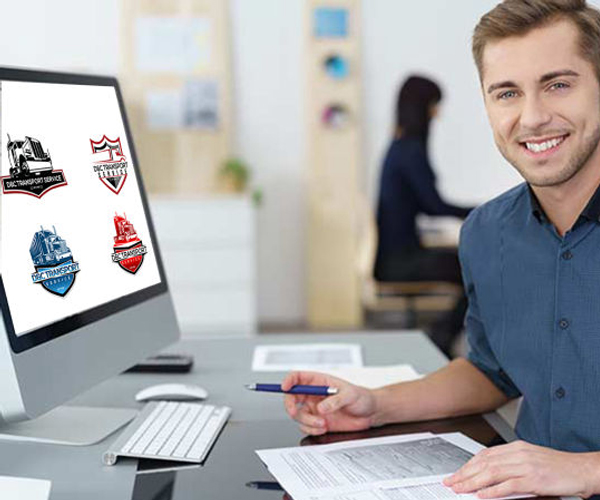
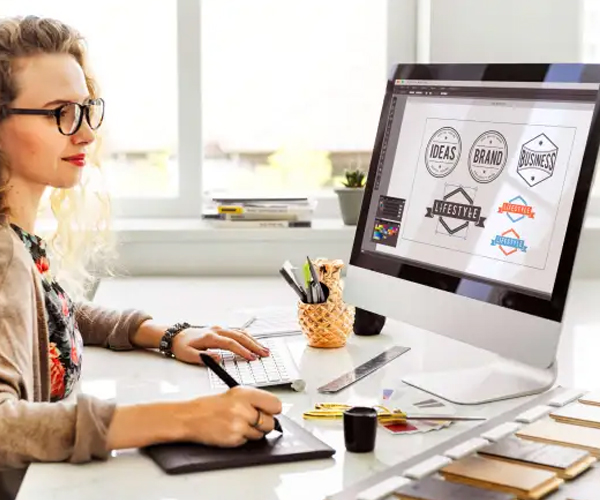

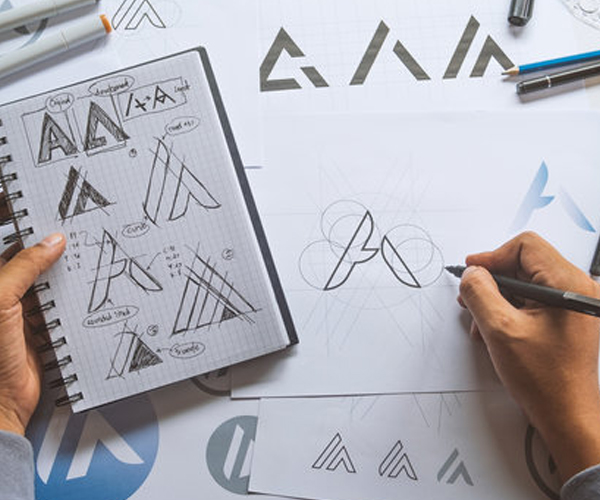
Making your own custom logo is quick and easy with the Adobe Express free logo generator. Start from scratch or select one of our free logo templates to get started. With thousands of high-quality templates to choose from, you'll find the right one that suits your industry and brand best.
The average logo design cost ranges anywhere from $300-$700. When it comes to creating a logo for a small business, the statistics are favorable to designers. Over 67% of small business owners are willing to pay around $500 for a professional logo, and only 18% willing to pay more than $1,000.
7 Elements of a Great Business Logo It's simple. It's easy to fall into the trap of thinking that your logo needs to be complex, but the best logos are often the most simple. ... It's memorable. ... It's timeless. ... It's relevant. ... It has high-quality typography. ... It contains the appropriate colors. ... It's versatile.